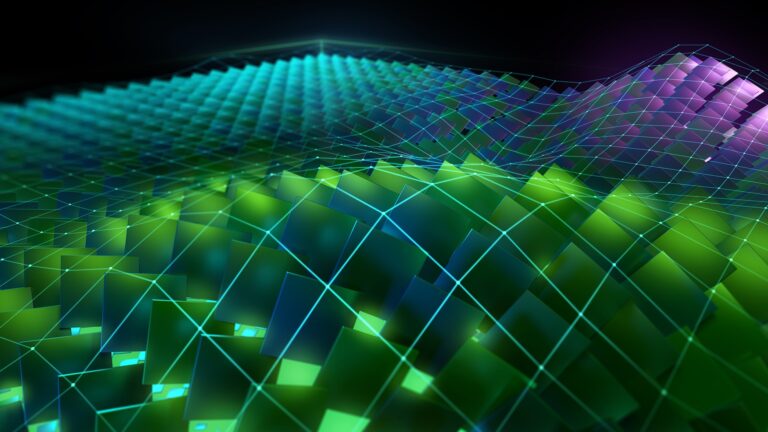It’s time for a sweet treat — the GeForce NOW Summer Sale offers high-performance cloud gaming at half off for a limited time. And starting today, gamers can directly access supported PC games on GeForce NOW via Xbox.com game pages, enabling them to get into their favorite Xbox PC games even faster. It all comes
Read Article
 Today’s large language models (LLMs) are based on the transformer model architecture introduced in 2017. Since then, rapid advances in AI compute performance…
Today’s large language models (LLMs) are based on the transformer model architecture introduced in 2017. Since then, rapid advances in AI compute performance…
Today’s large language models (LLMs) are based on the transformer model architecture introduced in 2017. Since then, rapid advances in AI compute performance have enabled the creation of even larger transformer-based LLMs, dramatically improving their capabilities. Advanced transformer-based LLMs are enabling many exciting applications such as intelligent chatbots, computer code generation…
 Parquet writers provide encoding and compression options that are turned off by default. Enabling these options may provide better lossless compression for your…
Parquet writers provide encoding and compression options that are turned off by default. Enabling these options may provide better lossless compression for your…
Parquet writers provide encoding and compression options that are turned off by default. Enabling these options may provide better lossless compression for your data, but understanding which options to use for your specific use case is critical to making sure they perform as intended. In this post, we explore which encoding and compression options work best for your string data.
 With the R515 driver, NVIDIA released a set of Linux GPU kernel modules in May 2022 as open source with dual GPL and MIT licensing. The initial release targeted…
With the R515 driver, NVIDIA released a set of Linux GPU kernel modules in May 2022 as open source with dual GPL and MIT licensing. The initial release targeted…
With the R515 driver, NVIDIA released a set of Linux GPU kernel modules in May 2022 as open source with dual GPL and MIT licensing. The initial release targeted datacenter compute GPUs, with GeForce and Workstation GPUs in an alpha state. At the time, we announced that more robust and fully-featured GeForce and Workstation Linux support would follow in subsequent releases and the NVIDIA Open…
 An exciting breakthrough in AI technology—Vision Language Models (VLMs)—offers a more dynamic and flexible method for video analysis. VLMs enable users to…
An exciting breakthrough in AI technology—Vision Language Models (VLMs)—offers a more dynamic and flexible method for video analysis. VLMs enable users to…
An exciting breakthrough in AI technology—Vision Language Models (VLMs)—offers a more dynamic and flexible method for video analysis. VLMs enable users to interact with image and video input using natural language, making the technology more accessible and adaptable. These models can run on the NVIDIA Jetson Orin edge AI platform or discrete GPUs through NIMs. This blog post explores how to build…
Video is everywhere — nearly 80% of internet bandwidth today is used to stream video from content providers and social networks.
 Enterprises face significant challenges in making supply chain decisions that maximize profits while adapting quickly to dynamic changes. Optimal supply chain…
Enterprises face significant challenges in making supply chain decisions that maximize profits while adapting quickly to dynamic changes. Optimal supply chain…
Enterprises face significant challenges in making supply chain decisions that maximize profits while adapting quickly to dynamic changes. Optimal supply chain operations rely on advanced analytics and real-time data processing to adapt to rapidly changing conditions and make informed decisions. Optimization is everywhere. To meet customer commitments and minimize risks…
 Register now for an instructor-led public workshop in July, August or September. Space is limited.
Register now for an instructor-led public workshop in July, August or September. Space is limited.
Register now for an instructor-led public workshop in July, August or September. Space is limited.
Wondershare Filmora — a video editing app with AI-powered tools — now supports NVIDIA RTX Video HDR, joining editing software like Blackmagic Design’s DaVinci Resolve and Cyberlink PowerDirector.
